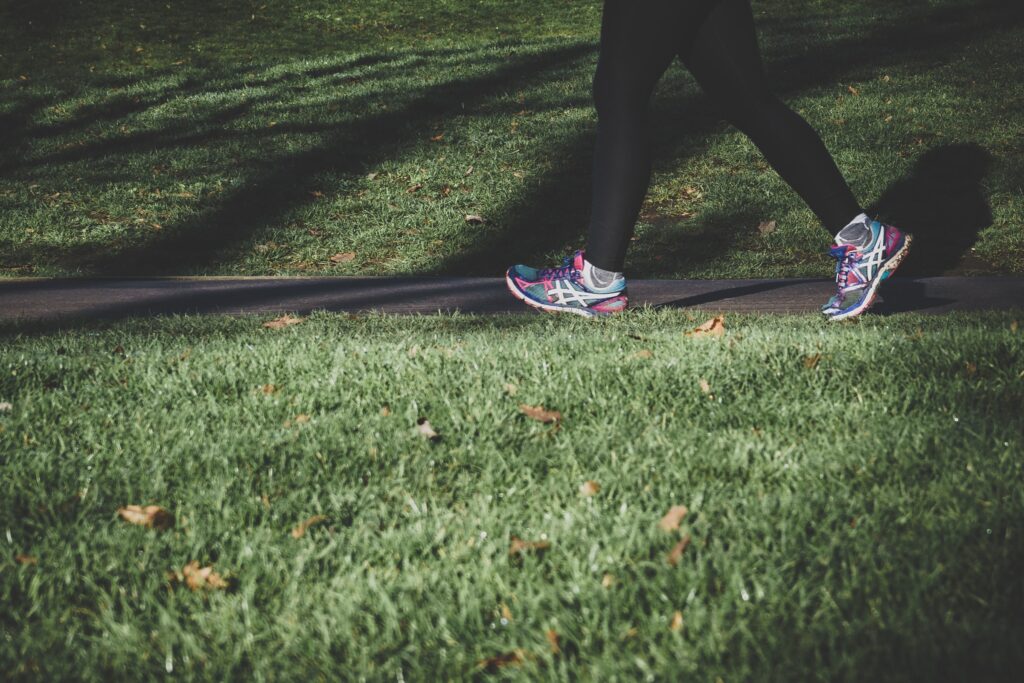
When I relocated to south central Pennsylvania after college, one of the first things I noticed was the endless beauty of the region in the summer. A mix of small cities, suburban neighborhoods, and rural farmland all within a large valley bordering a river means you can get to everything from stunning mountain views and riverbank overlooks to urban walking paths and mixed-use rail trails within a short drive.
RELATED: A Spiritual Surprise Hiking Zion National Park
However, since moving here a little over a decade ago, I’ve only dipped my toe into all the outdoor activities this area offers. So this summer, as we were confined to our home more and living at a slower pace than normal due to COVID-19, I felt moved to use some of the downtime I had gained to explore the outside that I had been admiring from afar.
This idea was exciting in some ways — it meant less time mindlessly binging Hulu shows — and anxiety- producing in others. I was really a beginner outdoor-enthusiast and was worried I’d be caught unprepared.
After working through this probably unnecessary anxiety and making a few mistakes along the way (note: long walks in normally very comfortable Sperry shoes may lead to many painful blisters), I was able to get into the groove of getting outside by following the four tips below.
Research locations in advance and pick one that’s right for you
Admittedly, one of my worries about spending more time outside was the thought that I wasn’t in good enough shape. I had wanted to take up hiking for a while, but I dreaded getting to a trail only to discover it was too challenging and feeling embarrassed if I needed to turn back.
One way I learned to calm this fear was to take time to research trails in advance and pick one that matched both my interests and ability level. In addition to the official websites for local trails, I started looking at their Facebook pages for tips other visitors shared in their reviews. I’d often see photos that inspired me to choose specific paths or notes that helped me figure out smaller details, like the best places to park. I also began researching trails on hiking sites, such as AllTrails, to get more information on difficulty rating, mileage, and estimated time to complete.
Doing this research in advance continues to help me feel confident that I’ve chosen a trail that’s right for me. If hiking’s not your cup of tea, you could follow similar steps to find tips for places to kayak, run, etc.
Get the right gear and prep necessities in advance
My blister debacle referenced above, while unfortunate, prompted me to invest in the right gear to make my future adventures more enjoyable. Most importantly, this has meant choosing the right footwear, whether it’s solid sneakers for hiking or water shoes for time spent tubing in our local creek.
In addition to footwear, there are some other smaller items to consider, though their necessity varies. A must-have, especially in the heat of summer, is an insulated water bottle that can hold a decent amount of water and keep it cold for the length of your outing. A nice-to-have, but something you could likely live without, is a designated backpack you use for outings to store things like bug spray and sunscreen.
If you’re a planner like me, this can help ease anxieties and lower the chance that you’ll leave any necessities behind.
Find a fearless companion or initiate a friendly competition
If you want to spend more time outside, but are feeling nervous for any reason, inviting someone to join you can be a great way to get started. You might consider asking a friend who’s more experienced in the activity you’re looking to try or someone who’s as much of a beginner as you, but is also enthusiastic. Either way, having a companion gives you someone to chat with to take your mind off any anxiety and also reduces the likelihood that you’ll bail on your plans.
You can also use friendly competition as a motivator to get moving. Though my husband and I mostly hike together, we still frequently compete against each other via our Apple watches. As silly as it may seem, especially since there’s no prize but pride, I find myself squeezing in evening walks in our neighborhood, while he steps out for bike rides in order to keep the competition going.
Ease in and make it part of a larger outing
If you’re a beginner, don’t put pressure on yourself to jump from all-day movie marathons or book binges to full-day expeditions. It’s okay to work your way up to a more challenging activity.
In fact, leaving energy and room in your day for other activities can make getting outside even more fun. For instance, we often integrate hikes into larger outings, scouting out a new restaurant or ice cream place to grab takeout from once we’re done.
In the end, no matter how large or small of an activity you engage in, you’re still taking steps to build up your stamina for outdoor adventure. By taking these tips into account, you can give yourself some space and grace to grow and soon shed your status as a beginner.
Originally published on .